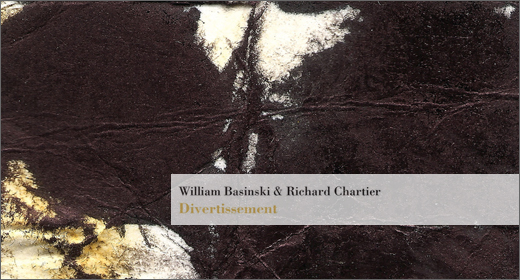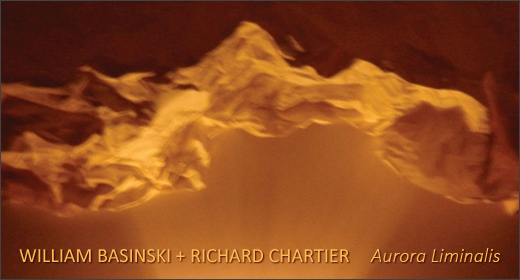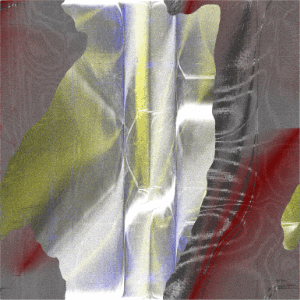Taking from the timeless classical and traditional forms and instrumentation, and adding the electronica and sonic time traveling dimensions previously only dreamed of. Actual horns and strings with synthesizers coming together in a breathless deep polar excursion, in slow motion.

Unknown Southern Land Drone Chamber Music
Ambient electronic tones mix with subtle strings and winds within an encroachment of deeper noise and percussion for a melancholic instrumental experience that continues the narrative of Ernest Shackleton’s ill fated Antarctic expedition. After the North Magnetic Pole was located in 1831, explorers and scientists began looking for the South Magnetic Pole. The Heroic Age of Antarctic Exploration began at the end of the 19th century and perhaps closed with Ernest Shackleton’s Imperial Trans-Antarctic Expedition in 1917.
In his 1919 book South, Shackleton described his belief that an incorporeal companion joined him and his men during the final leg of their Antarctic journey. Shackleton wrote, “during that long and racking march of thirty-six hours over the unnamed mountains and glaciers of South Georgia, it seemed to me often that we were four, not three.” The third man factor or third man syndrome refers to the reported situations where an unseen presence, such as a spirit, provides comfort or support during traumatic experiences.
In 1921, he returned to the Antarctic with the Shackleton–Rowett Expedition, but at 2:50 a.m. on 5 January 1922, Shackleton suffered a fatal heart attack while his ship was moored in South Georgia. At his wife’s request, he was buried in the Grytviken cemetery. During the ensuing decades Shackleton’s status as a polar hero was generally outshone by that of Captain Scott, whose polar party had by 1925 been commemorated on more than 30 monuments in Britain alone. Later in the 20th century, Shackleton was “rediscovered,” and became a role model for leadership in extreme circumstances.
Slow moving, ghastly and haunting ::
What does Derelict in White sound like? Unknown Southern Land Drone Chamber Music is my suggestion, taking from the timeless classical and traditional forms and instrumentation, and adding the electronica and sonic time traveling dimensions previously only dreamed of. Actual horns and strings with synthesizers coming together in a breathless deep polar excursion, in slow motion.
How to calculate the time to cover 182 miles? “182 Miles” (1:43) sets the mood on this five song album. The moods bleed as the temperatures reach extremes, there must be a way to get there and back again. How long does it take to walk 182 miles? “Unseen Force” (3:22) takes more time, the tension is slow and drifts in a somber way. There is no actual sound of rending wood, just the idea of being on a ship frozen in the darkness, and just the idea of hearing “Splintered Timber” (2:26) is enough to give me the chills. “Blackboro” (2:51) changes in form and yet remains deep within the fabled hollow planet. This surname of English origin is derived from the Old English pre 7th Century “blac,” “bloc” meaning “black” plus “beorg” which means “hill” or “mound,” hence “Black Hill.”
The title track “Derelict In White” (6:49) imagines an apparently empty wooden sailing ship that is perfectly still and floating, drifting, in the polar darkness, covered in white frost, like some kind of long lost decoration in the bleak landscape of Antarctica. Slow moving, ghastly and haunting with its connection to this extreme and deadly point of an intentional human intersection with nature, becoming the first persons to see and travel on the South Polar Plateau, to discover the lost spirits, experiencing the first ascent of Mount Erebus, and the discovery of the approximate location of the South Magnetic Pole, reached on the 16th of January in the year 1909.
Derelict In White is available on Bandcamp.



















![Luke’s Anger :: Ceiling Walker EP (Love Love) — [concise]](https://igloomag.com/wp/wp-content/uploads/2025/04/lukes-anger-ceiling-walker-vinyl_feat-75x75.jpg)

![Ndorfik & madebyitself :: Solos EP (People Can Listen) — [concise]](https://igloomag.com/wp/wp-content/uploads/2025/04/ndorfik-madebyitself-solos_feat-75x75.jpg)




